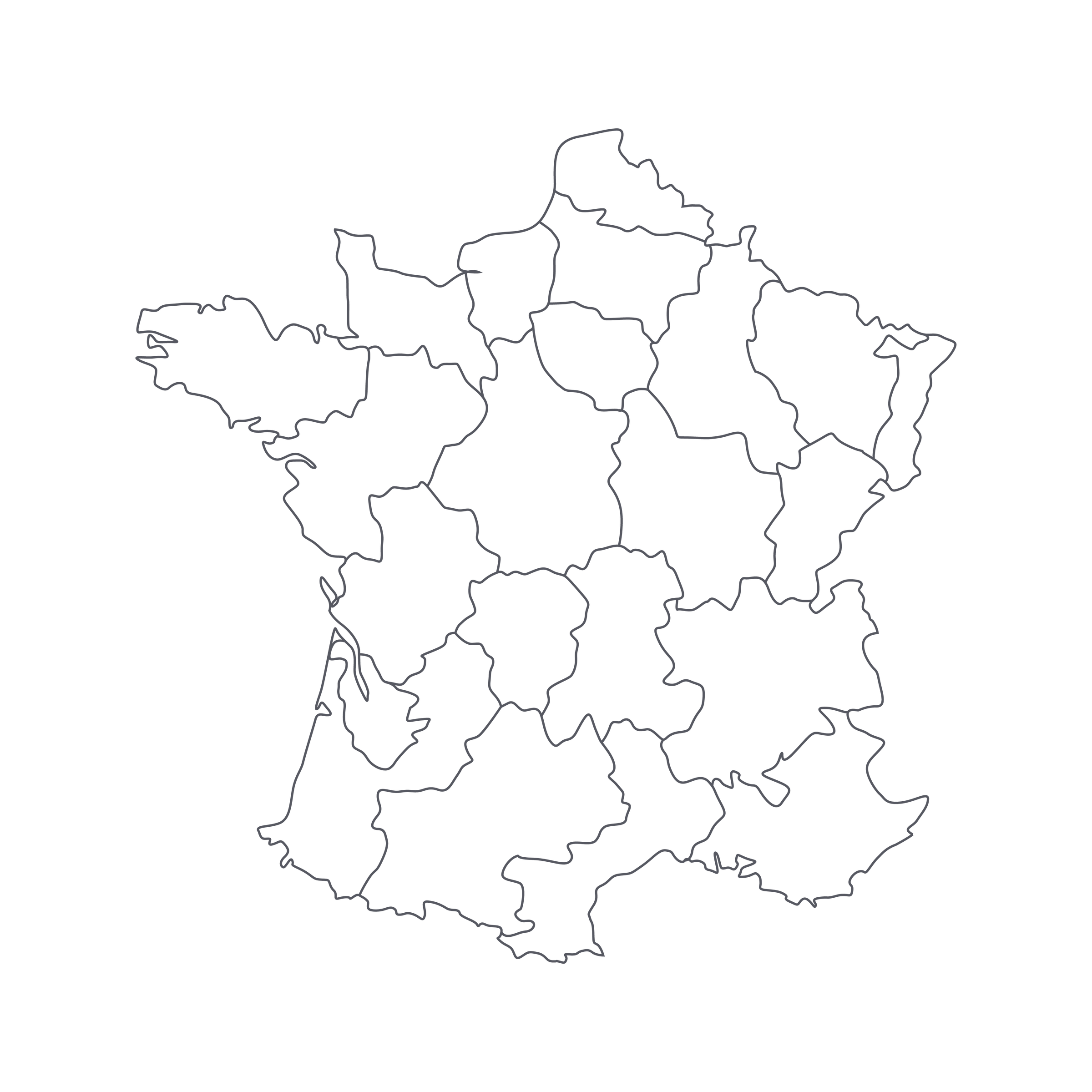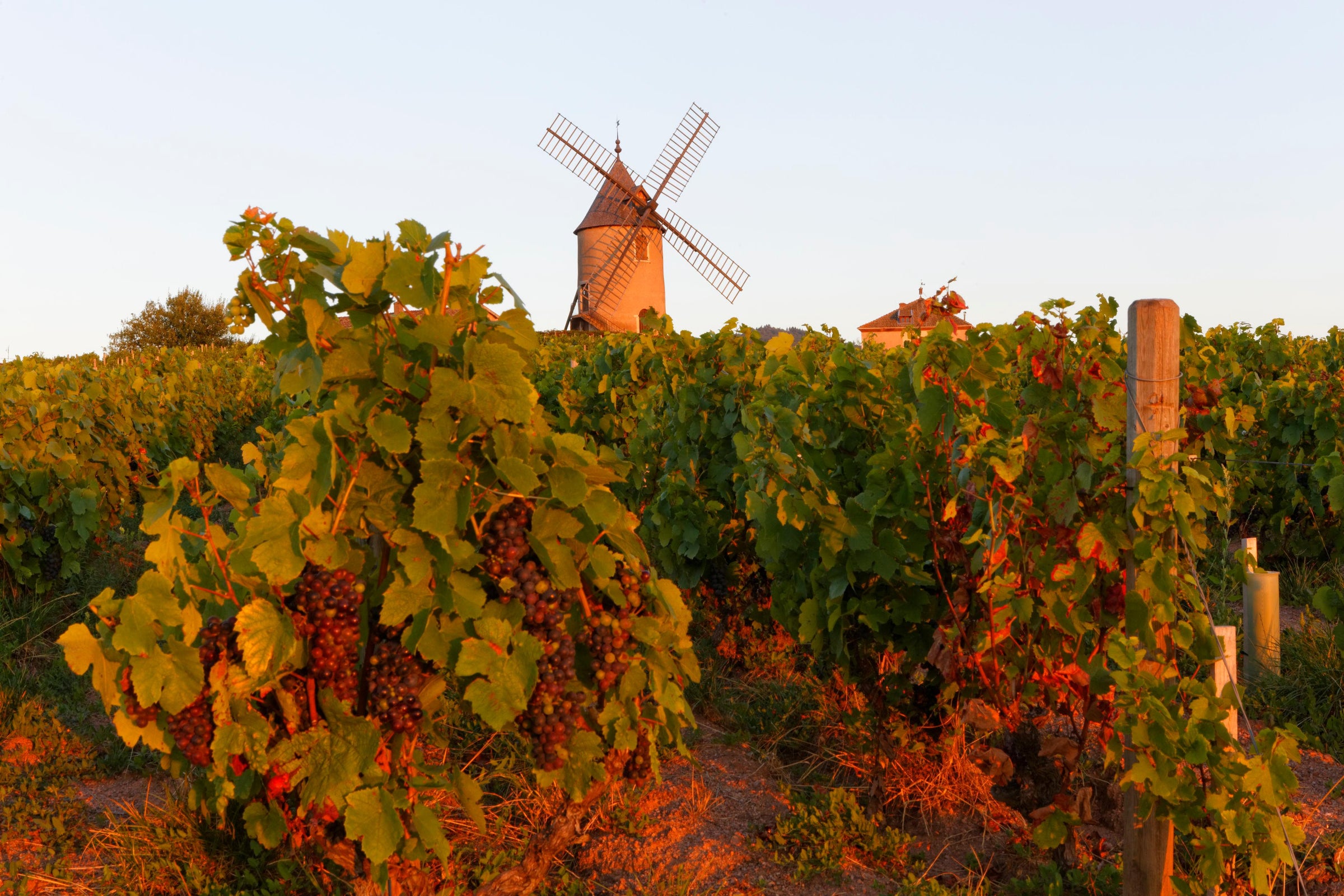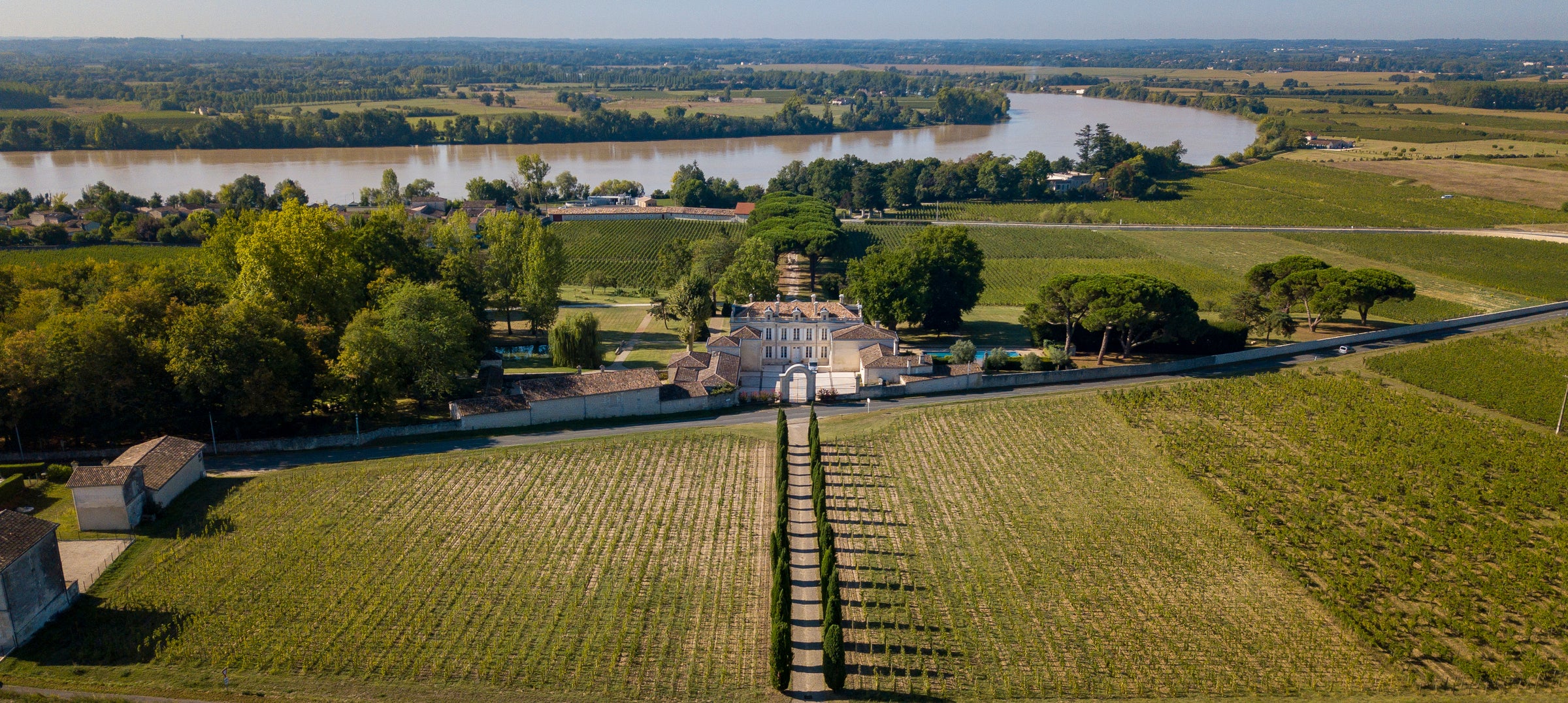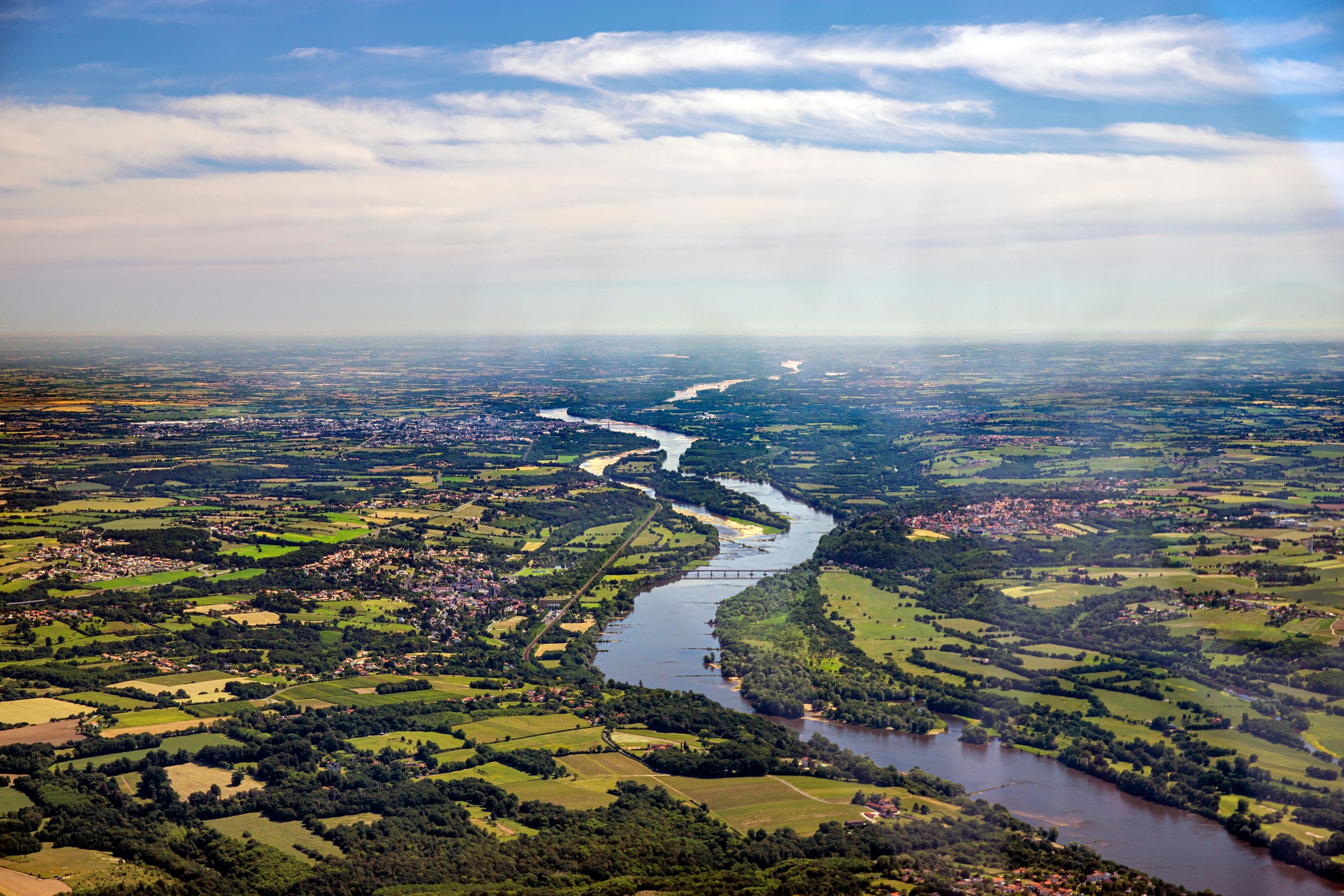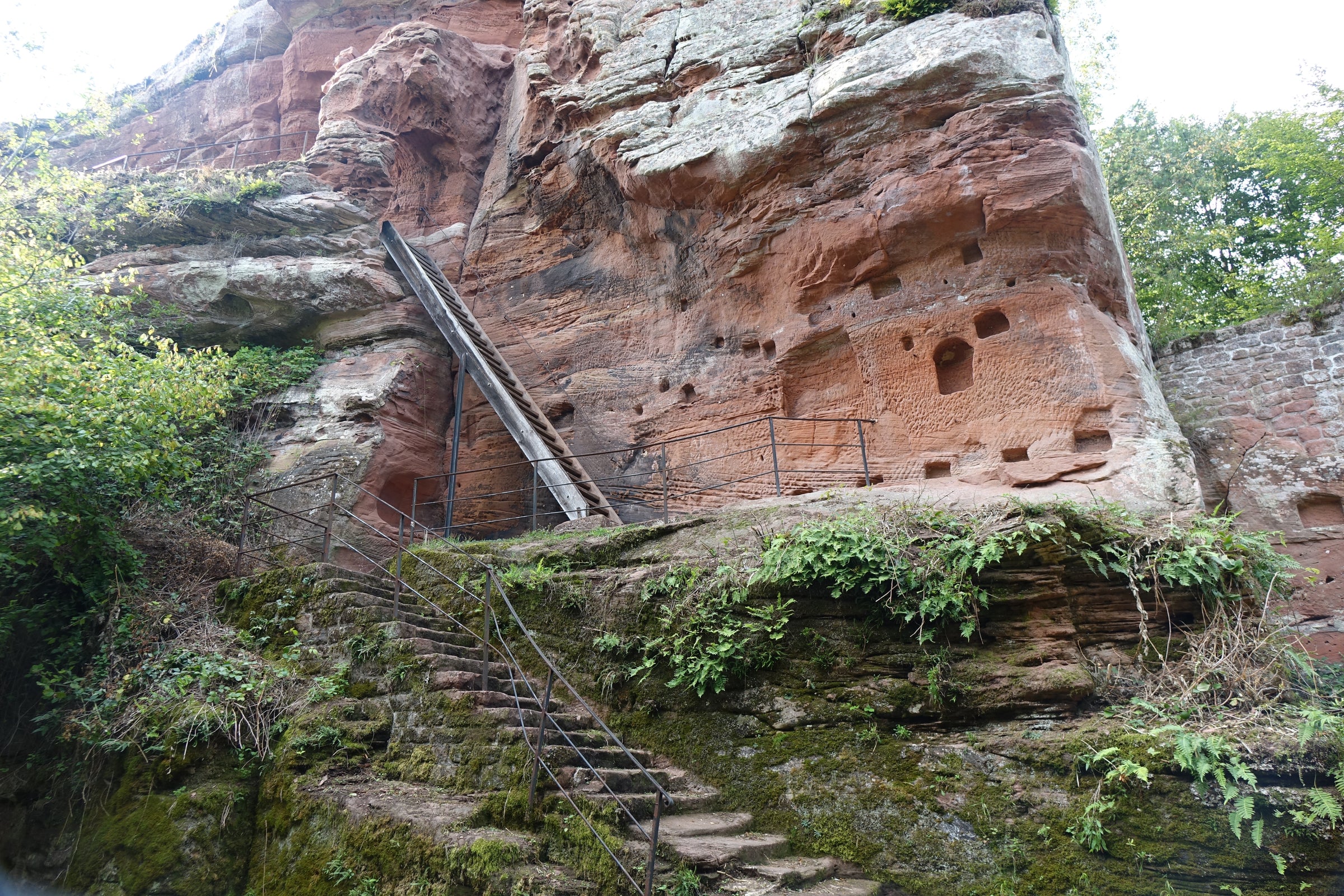What constitutes value? There is no single magical price, as value can be found at $20 or $200. Rather, it’s more so about answering the question, “Is it the best quality wine within the respective price range?” That can be tough to decipher if you haven’t endured extensive tastings, and I’ll be the first to recognize that finding value in Burgundy is one of the more time-consuming parts of my job.
However, when I do locate that wine, it’s something to write home about. At 10 years of age, Paul Chapelle’s Premier Cru “Les Gravières,” from the more elegant 2007 vintage, was an unexpected-but-welcome treat offered up by one of our favorite importers—and we greedily, but gratefully, waved it right in. This is elegant, oh-so-classic Pinot Noir that has pushed into savory secondary notes and entered its prime. It is one of the greatest values I’ve ever encountered in the $30-$50 Burgundy price range. It’s a must-have wine that you’d be hard-pressed to find again.
Santenay lies at the southern end of Côte de Beaune, far removed from the Kings of Côte de Nuits up north, but not unmatched. Down here is where you’ll find more affordable red Burgundy and, if you’re lucky, ones that outperform their modest price tags like this offer. At a hair over 40 years, Domaine Paul Chapelle et ses Filles is considered an infant in the eyes of Burgundy, but they are no amateurs. The domaine is locally celebrated (Paul was a longtime consultant for Burgundy greats like Ramonet, Jobard, Lafarge, and Pousse d’Or), yet still remain a vastly undiscovered gem in the greater world of wine. It all started in 1976 after inheriting one hectare (~2.5 acres) of “Les Gravières” within Santenay. With success comes growth, and the domaine now includes holdings in Puligny-Montrachet and Meursault (previously offered on SommSelect). Paul retired following the 1995 season and the winery has since been handed off to his skilled daughter, Christine.
The Premier Cru vineyard “Les Gravières” sits on stony soils (hence the name) in the northern limits of Santenay, which abuts Chassagne Montrachet. It is considered among winemakers and critics as one of, if not the top climat of the appellation. The Chapelles farm their coveted parcel in lutte raisonnée fashion and harvest at extremely low yields—even going as far as cutting off clusters during the summer in order to concentrate and maximize the quality of grapes. In the winery, grapes are destemmed and aged in mostly neutral wood, typically never exceeding 20% new French oak. The wine is bottled unfiltered and is held back in their cellar for multiple years before release, allowing all of its components to integrate.
In the glass, the wine flaunts its age with a pale garnet center moving out to light brick-orange reflections. The nose reveals layers of savor and mature fruit: dried cherry, preserved wild berries, dried rose petal, dried mushroom, vintage leather, damp bark, nettles. All notes are confirmed on the palate with the addition of wild flowers, crushed rock, and a touch of exotic spices. The wine is medium bodied and has maintained a vivid level of acid over the past decade. It finishes with a silky mouthfeel and umami-rich tertiary notes, which leads me to believe it will live on for another 10+ years, although it is ready to drink now. I recommend opening at 60-65 degrees in large Burgundy stems, but decanting should be avoided in order to preserve the wine’s delicate aromas. Simply pull the cork an hour before serving and allow the wine to “stretch its arms” in your glass for 5-10 minutes. This is a gastronomic wine that deserves a spot on the dinner table alongside a roasted chicken and wild mushrooms. The attached recipe has everything I’m looking for, with an added savory bacon component (roasted potatoes can be swapped out for the rice if desired). This is a matchmaker’s dream. Enjoy!


